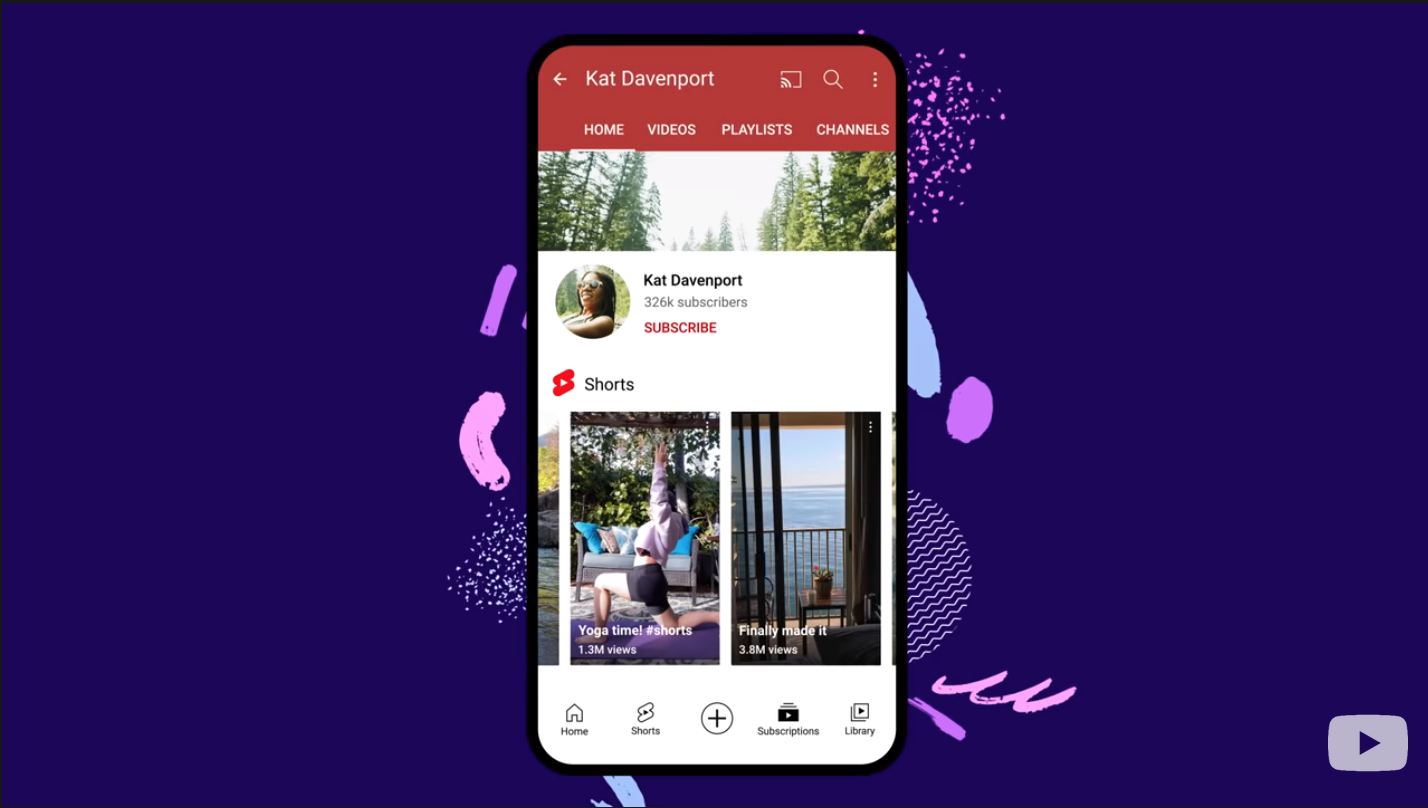The rise of contextualized advertising
User Acquisition Campaigns
October 13, 2022
With Apple’s ATT now being in full swing and Google’s third-party cookie deprecation looming on the horizon, the ad ecosystem is starting to focus on new approaches to digital ad targeting.
One of the alternatives that keep gaining momentum is contextual advertising. A recent Digiday survey found that half of the interviewed buy-side professionals would increase their spend on ad campaigns using contextual advertising.
Will 2022 be the year of contextual advertising?
What exactly is contextual advertising?
Contextual advertising is a form of targeted advertising that involves displaying ads based on a website or app’s content and keywords. It allows you to target consumers with keywords. The practice has existed for 20 years, and it doesn’t need any personal data from users to work.
Long story short, ads are displayed according to where the user currently is instead of where they have been. For example, if you make a web search on the best places to run in your city, you might find ads for running equipment on the web pages answering your question. But you won’t find those types of ads when you later search for a recipe.
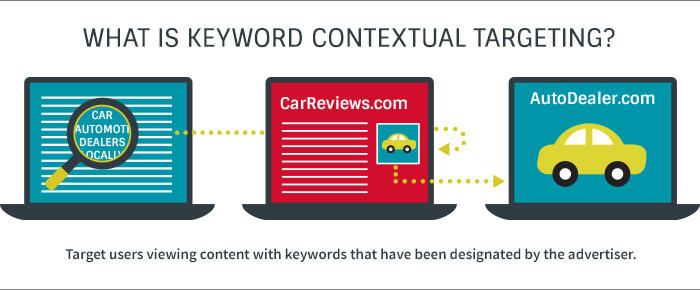
Contextual advertising may not be a new strategy, but it’s making a big comeback in an era where marketing has to be privacy-compliant. With all the big changes coming on the use of personal data in the industry, marketers have to come up with solutions for their ad campaigns that don’t rely on third-party cookies or the availability of individual identifiers (like Apple’s IDFA or Google’s GAIT).
The end of third-party cookie targeting
Over the last few years, behavioral advertising became important in digital marketing. It relied on targeting consumers according to their behavior online thanks to additional data (browsing history, links clicked, time spent on the page or site, how recently they’ve searched for something, how they engaged with a site overall, etc.). Users would then be grouped with others who exhibit similar behavior and targeted accordingly.
However, privacy is setting up to be the issue of the decade in the digital world. More and more actors of the industry are questioning their stance on privacy and with changes in legislation and new decisions by major players like Google and Apple, everything is changing fast.
Both lawmakers and tech giants are betting on data security to answer users’ growing concerns about the protection of their information.
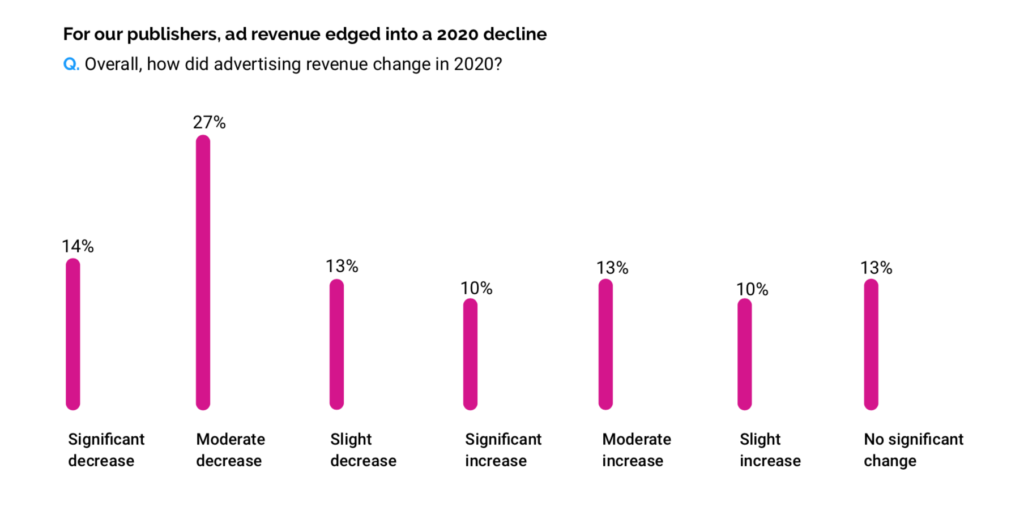
According to Connatix, 61% of publishers foresee an increase in ad spend on contextual-based campaigns. After all, once third-party cookies are completely phased out, marketers will have to find new solutions to effectively target their audience. The two main options seem to be contextual advertising (because it doesn’t rely on third-party data) or collecting your first-party data for behavioral targeting.
Privacy being the central theme of all the big changes coming to the digital world, data deprecation is something everyone needs to prepare for. With a reduced amount of data available, ads will become less personalized.
All in all, contextual ads are the obvious solution to maintain an effective digital ad campaign while avoiding the use of personal data. You can still reach your core audience without using sensible information.
Yes, contextual advertising also works for apps
If betting on context is the future of marketing, how can you take advantage of that to advertise your app?
Contextual advertising is particularly important in the app world because of the reduced access to the IDFA (thanks to Apple’s App Tracking Transparency) and the fact that Android users will soon be able to completely delete their identifier if they choose. Both the IDFA and the GAIT are the cornerstone of behavioral targeting, without access to these now’s the time to try contextual marketing.
In-app contextual advertising is an effective way to reach users. Not only does it reduce the intrusiveness of mobile ads by delivering relevant content fitted to the context in which they’re displayed but it also protects users’ privacy.
You won’t need to collect first-party data on your consumers, as a marketer or a publisher, while still finding your relevant audience.
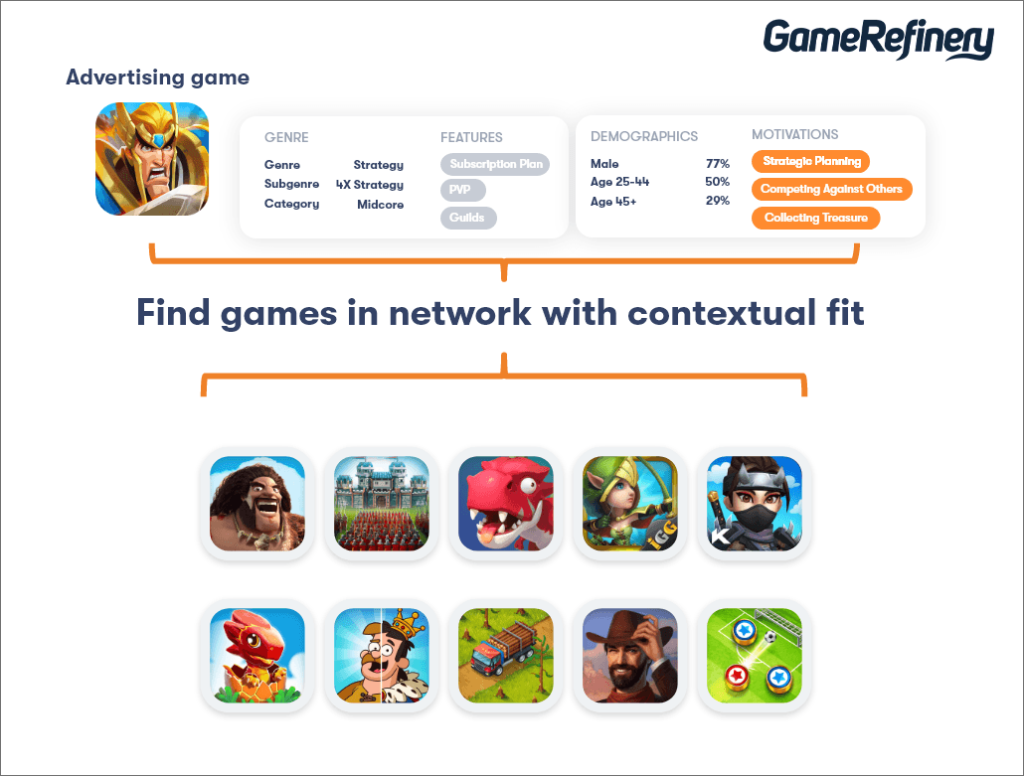
For example, you can target similar games or whose core motivations are aligned with yours. No matter your app type, you should aim to advertise in apps that are tailored to your target audience. Avoid promoting a hyper-casual game on an RPG because you’re not targeting core gamers, even if both your games are about golf.
Can video ads thrive in contextual advertising?
Videos are a great tool for app promotion. What better way is there to showcase everything your app can do than with video ads?
Since contextual advertising mainly works with keywords, marketers are often reluctant to pair video with contextual targeting because it’s an encapsulated format that doesn’t rely on text. However, new technologies can now decipher contextual metadata (to determine visuals and transcribe text).
While brands tend to rely more on text-based content for contextual campaigns, 40% of advertisers consider video ads to be the most effective in their contextual advertising campaigns.
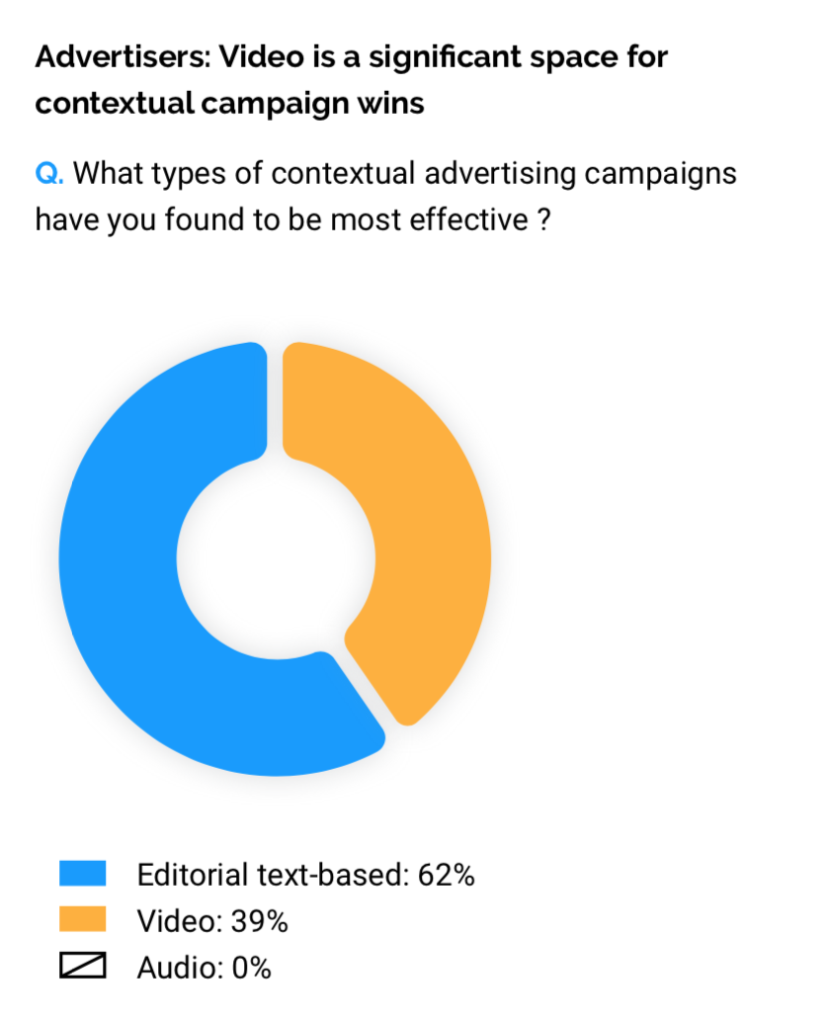
Marketers feel less confident using videos for contextual advertising because for so long it relied only on keywords. That’s not the case anymore, you can use video ads to target your audience through context, it’s especially relevant with in-app ads.
Contextual advertising is the future
There’s no doubt that contextual advertising will keep on gaining ground while Apple and Google make big statements about privacy. Contextual advertising is a safe haven, allowing marketers to promote their apps without compromising the trust their users bestow them.
The progressive disappearance of individual identifiers coupled with data deprecation doesn’t have to be the end of personalized advertising. Contextual targeting can now be just as effective as behavioral advertising without, as some call it, “the creep factor” of users feeling spied on.
You don’t need individual information on your users, you just need to understand how they come together as a whole, what they are searching for when using your app, and what their goals are. Contextual advertising is the perfect tool in an era where privacy concerns are rising. While complying with the new demands of data security, it’s still an efficient targeting method that brings consistent results.
What are your thoughts about it? Do you think contextual advertising can counteract the end of user identifiers like IDFA and GAIT? Tell us in the comments!
- Mobile Video Monthly #38 – November 2023 - 5 December 2023
- Disturbing ads, a new trend for mobile gaming creatives? - 28 November 2023
- The Power of Holiday Marketing in Boosting Mobile Game Engagement - 21 November 2023















